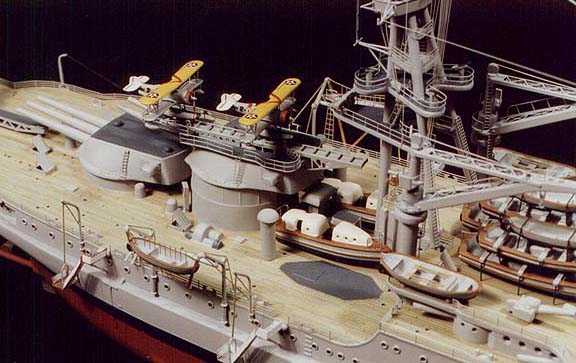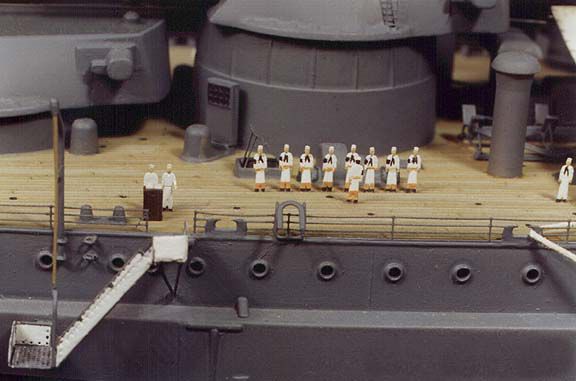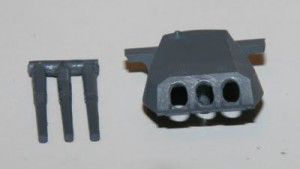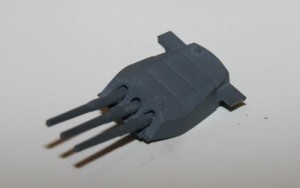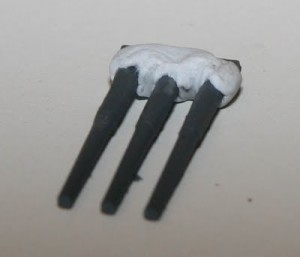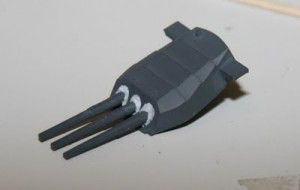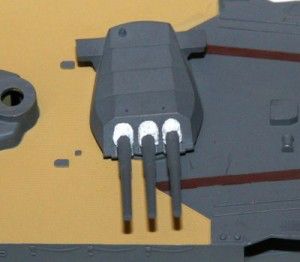Disclaimer – This article is reproduced and translated here from the original page by Tsukurimaseu (We think). This article appears in Japanese HERE and was translated (Poorly) with Google Language Tools. Even though the words might not always make sense, this is an extremely detailed build, and the pictures tell the story.
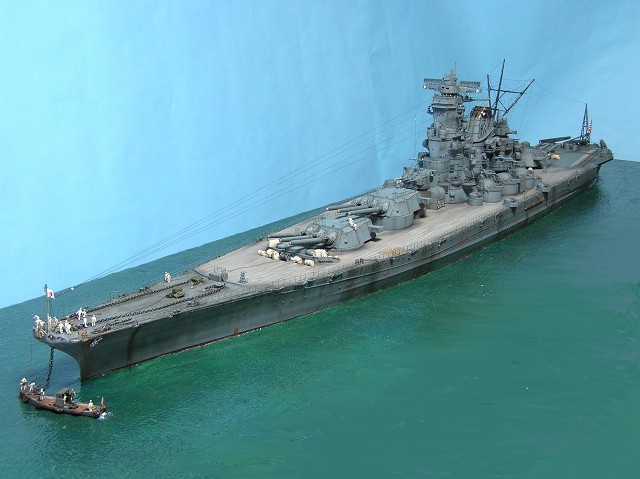
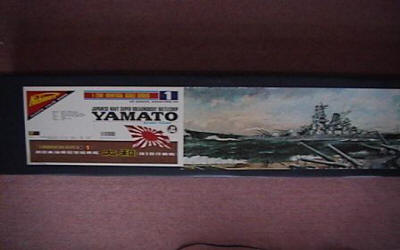
— Introduction —
1 / 200 Yamato model Nichimo Corporation.
1m30cm greater length is about looking at the boxes in.
Once the stuff I want to make.
This model is the assignment of the size, perhaps because the old design to the fine details,
Representation is not much.
1944 to make six small offices around the image to be anchored off my Wu Mon,
I want to see.
Year 1997, I thought Heisei make this model one day to buy a 11 to 16 years from July at a time and rest for a little assembly.
This time, I had to put in the memorial and creating websites, I also have an expert, I think into the group.
Continue reading “Super Detailing 1/200 Nichimo Yamato by Tsukurimaseu”


